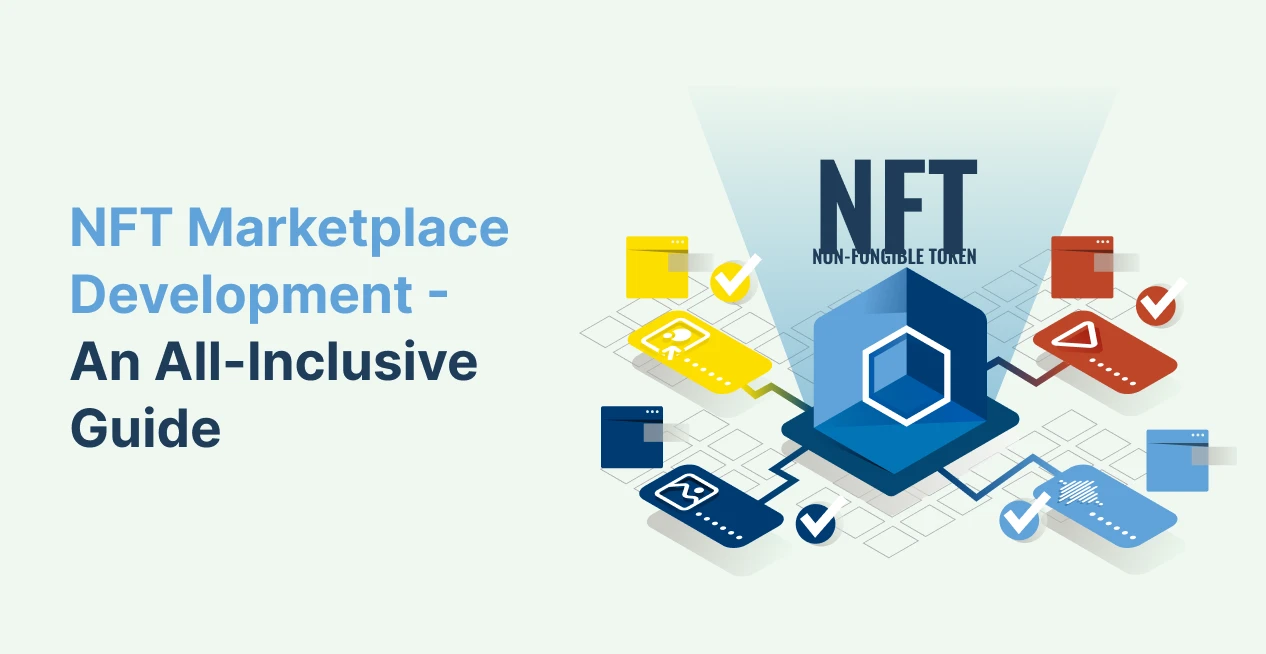2021 is not just any other year. It is the aftermath of the infamous covid 19 pandemics. Therefore it is wise enough to say that there is no looking back for online purchasing and transactions. Most of the transactions we do now are hence digital and in this post covid era, mobile commerce app has become a necessity giving rise to the age of M-commerce and M-commerce applications.
In simple words we buy or sell products with the help of a mobile or tablet, i.e., by using a wireless device, it can be termed as mobile commerce.
Almost everything we do can fall under the big umbrella of mobile commerce. A few of the examples of mobile commerce app can be:
- Mobile banking
- Booking tickets
- Transferring money
- Online shopping
- Online food order
- Booking a transport
Different types of mobile commerce app
Mobile shopping
Shopping with the help of mobile or other wireless devices falls under mobile shopping. Mobile shopping can use various platforms accessible through the mobile like websites, shopping applications, different social media sites like Facebook, Instagram, etc. an avid shopper will have satisfaction using the mobile shopping apps as these provide an array of options of products and also helps in saving money. The applications are completely free and give the customer methods to save money during and after shopping.
Some of the most popular mobile shopping applications are:
- Amazon
- IKEA
- Walmart
- Flipp
- Slickdeals
Mobile banking
Mobile banking most often uses an application through which all the transactions can be done.
Popular mobile banking app choices are:
- Bank of America
- Ally Mobile
- Chase
- Capital one mobile
- Simple-Better Banking
Mobile payments
Bill payments with the help of various applications constitute mobile payments. The widespread applications for mobile payments are:
- Google Pay
- Apple Pay
- Samsung Pay
- Paypal
- Xoom
- Circle Pay
Mobile commerce app features for 2021
Push notifications
Push notifications can be explained as sheer marketing strategies. If the right message is sent to the user at the appropriate time, it can mean profit for the company. It is a method by which the mobile commerce app connects with the customer via notifications. Any information that the app wants to communicate, like discounts, sales, new products, etc., can be done through these messages.
.more than 60% of people find the notifications useful. The percentage of information that is transferred through push notifications are:
- promotions-34%
- New developments-26%
- Geo Targeted information-26%
- other-14%
Location tracking
As the name suggests, location tracking is the device understanding the location of the user. Due to the presence of the location tracker, the device can send notifications according to the location.
For example, suggesting the best pizza places in that location is possible because of the location tracking feature. Or the mobile shopping application can offer their nearest outlet according to the location of the user. Useful notifications can also be sent with the use of geofencing technology.
User Profile
User profiles are personal accounts of users who can log in and get personalized notifications, updates, or offers. This customized touch helps the customer and app to form a more substantial relation because the app gets to read the mind of the user. Most of the crowd find this feature helpful.
It is also more appealing because when the customer sign-ins for the first time, all his information is stored, like customer name, billing address, payment mode and details, shipping address, phone number, email address. Hence every time the customer shops, he has to click on the buy option, and all his information is automatically fed, saving him time and energy.
Social media integration
Instagram, Facebook, Twitter, and Snapchat has become a part of our lives like no other. And what’s integral to all these social media applications is the advertisements that come along. Most often, it so happens that these advertisements lead the customer to the app of the shopping company, thus helping the user to buy the product directly. An account of the customer is made, and the journey between the company and the user continues. It is probably the most direct and widely used form of marketing used by different applications.
Deals and Offers
The best way to impress an individual is by telling them something has been done just for them and making them feel special. Mobile commerce app have mastered this skill, and every day the user gets personalized notifications about deals and offers that have been curated just for them. According to sensors, 65% of users love these customized offers and discounts. This not only helps in the overall sales of the products but is an essential aspect of the image of the company.
An array of payment options
Suppose a customer visits the applications and selects a product which he loves. He adds the product to the cart and is ready to purchase it. But in the payment options, he cannot find a payment method that is available to him.
Thus it is essential to have lots of options by which payment can be made so that a potential customer does not leave just because he lacks the right payment option. The different kind of payment options are:
- All type of credit cards
- Debit card
- Paypal
- Google pay
- App wallets
- Apple pay
- Samsung pay
No delay during Checkout
As the name suggests, there should be no delays when the customer is checking out. It should be done in seconds. Unnecessary and redundant questions should not be asked by the mobile commerce app to the user while he checks out. And the best part is the user profile is already made, so every piece of information is already stored there, thus the most significant advantage of mobile applications over desktops.
Searching for “the” Product
Searching for the right product which appeals to the customer is the essential aspect of any purchase. How does the user find the product that he might be purchasing for? They may have thousands and thousands of products, or the app may have a limited edition, but the customer should find the product.
One way to do this is by sending notifications according to his previous searches or according to the preferences. Another possible method is adding the filter bar while the purchase is being made—filters regarding color, style, size, etc.
All leading applications today, like Amazon, Walmart, etc., have highly efficient softwares to find out what their customers desire.
Customer Support
One of the inevitable aspects of a mobile commerce app is customers facing issues. The issues can be of varied topics like payment issues, purchase issues, issues related to the exchange of products, unsatisfactory products, etc. So there must always be someone available for customer support.
Till recently, the customer support sections were handled purely by humans, but now ace companies are taking the help of robots to tend to their customers. This only makes the customers’ problems go away, but there is also a touch of surprise and excitement for the user. It is clear from the census that customers return for purchase from the application if the customer support venture was successful.
Retail Integration
The most important thing to understand is to give the user an experience where the application and store are the same. The physical and virtual stores would not only showcase each other but would also enhance each other’s business.
Most commonly, the customer already searches for the product that he wants to buy on the application. After he is convinced that the product is the right option, he goes to the final purchase store. It is essential here that the product is of the same quality as in the photos and available. That is how the store and the application compliments one another.
Mobile optimized product information and images
When the customer reviews a product to buy, he reads the description given below. For someone who is reading the story on the computer screen, it is easier to read, but for someone who is reading it on the mobile, the net gets smaller. So it is essential that the description, as well as the images, are properly optimized.
The description can be short and to the point for the app. It can also be bulleted for better readability. The images should be detailed, accurate, and precise because of the lack of feeling with the hand through an application. The product should be clicked from every angle, so the user has no doubt in mind about the product.
Easy Returns
Just like customer service, another inevitable part of online shopping is the return of the product. There will be numerous instances where the customer will return products. This can be because of various reasons, but the essential thing should be that he doesn’t have to pay for the return. The return should be comfortable and free. 92% of the users would buy again if the return policy and experience were favorable for them.
Application Analytics
It is vital to use analytics for the application so that it improves continually. With tHe help of analytics, the things that can be taken care of are;
- Modes of payments
- Trying to find which part of the screen is most used
- For how long the application is used
- For how long the application is used per day
- Error reports
Trends in mobile commerce applications
Mobile commerce is a robust industry with the flare of continuous growth. Thus it is expected that there will always be something new to add in the vast sector. The new features that will soon become a trend are:
Voice shopping
In the last few years, one voice that has become extremely popular is that of Siri’s. Almost every smartphone enthusiast has at least heard the name of Siri. She has not only become almost like a brand ambassador but is also, by some means is a mascot for voice search. Now voice search has also been introduced in the ecommerce market. As e-commerce is a vital member of the ecommerce family, the effect of voice search can only be anticipated.
According to the census, 51% of people use voice search, and 22% use it for making purchases.
The mobile application has to be made customer friendly if voice shopping is to be introduced. Even if the mobile does not have the required kind of speaker, the user should use the voice shopping feature.
Read more about Voice Shopping
Mobile chatbots
Chatbots are not a new thing and do not require an introduction. Chatbots in ecommerce are already pretty popular and are being used by a lot of many brands. Even though chatbots are used effectively for customer services in ecommerce, it is not yet widespread in mobile commerce. 54% of people are of the mind they would instead choose chatbots than choosing human counterparts. Earning not only customer satisfaction but also saving loads of cash seems like a fair deal for the companies.
VR and AR
VR or virtual reality and AR or augmented reality is vogue words of the tech industry. VR and AR have already made their expected entry in the mobile shopping applications. Like the online shopping applications selling glasses have used augmented reality to help the customer to visualize how they would look after wearing the glasses.
Similarly, for all other kinds of products, the customer can see it in visual, moving form before making a purchase. This makes the customer much more assured about the product and the usage of the product, thus making the customer-brand relationship more reliable.
Read more about VR and AR
Omnichannel Mobile Shoppers
Omnichannel refers to selling the same product via different channels. The other mediums can be the website, mobile applications, and a physical store. It often happens that we see an effect on the application and then buy it in the physical store. At other times we find it in the store and buy it online. Therefore the customer can get the hint of the product from different sources. If we believe Shopify, then around 80% of the customers check the products online before buying them from the physical stores.
Read more about Omnichannel Mobile Shoppers
Advantages of m-commerce
As discussed already mobile commerce comes with a range of positives but we can summarize them by listing:
- With the help of mobile commerce, a customer can participate in transactions very quickly.
- Mobile commerce is widely used worldwide because of the usage of mobile phones by almost every individual.
- The services provided by mobile commerce are more effective because they are location-based. The customers are thus targeted with location tracking, which is also a great marketing tool.
- The costs incurred by the company are decreased by a significant amount because of the streamlining and cost-cutting.
- Overall, customer experience is better compared to other forms of commerce because of its hassle-free nature, a large number of products, and better pricing.
- Along with all the new features, mobile commerce offers the taste of traditional retail sales. Not only does it allow us to browse through the items hassle-free, but it also makes production updation easier and error-free.
- There is a massive aspect of cost reduction and increased productivity associated with mobile commerce. This is mainly due to the removal of manual work.
- Mobile commerce not only holds the current customers but also is super capable of attracting new ones. With the right marketing strategies, it is one of the best tools to increase and expand businesses.
Disadvantages of mobile commerce
Nothing in this world comes without its cons. Thus to list the disadvantages of eCommerce mobile apps, we can say:
- There may be security concerns
- Limitations of smartphones
- Fraud risks
- Connectivity issues
- Lack of services in different areas
FAQ: M-commerce App features for 2021
What is mobile commerce?
Mobile commerce or m-commerce is the process where transactions are done using a mobile or any other wireless device.
What are the different Mobile commerce app?
The different m-commerce applications are: M-commerce and ticketing, M-commerce and banking, M-commerce and mobile entertainment, M-commerce and marketing and finance etc.
What is the difference between ecommerce and m-commerce?
Ecommerce stands for electronic commerce, and transactions are done with the help of the internet, and m-commerce stands for mobile commerce, which uses mobile phones for marketing. It can be said that m-commerce is a part of the e-commerce family.
What is a mobile commerce platform?
A mobile commerce platform helps in money transfer, ticket booking, banking, browsing, purchases and shopping, and other services, but all through mobile phones.
What are the different platforms used in m-commerce?
A few of the different platforms used in m-commerce are: SAP Hybris, Salesforce Commerce Cloud, Kony, Pontis, Dynamo, GPshopper, IBM Mobile Commerce, etc.
More information about mobile commerce platforms
What percent of e commerce is mobile?
It is expected that in the year 2021, 53.9% of all ecommerce would be via mobile and other wireless devices. Till February of 2017, Amazon headed the mobile competition of America beating other brands like Walmart, ebay.








